The procedure for the heated alcohol tests can be found here.
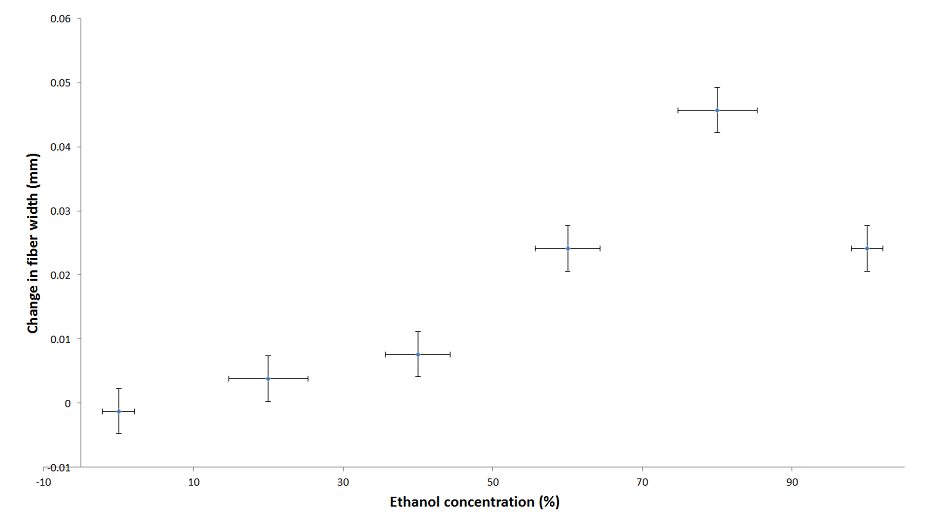
The very first heat test conducted was non-heated. It tested 5 light guide fibers in ethanol concentrations of 100%, 80%, 60%, 40%, 20% and 0%.
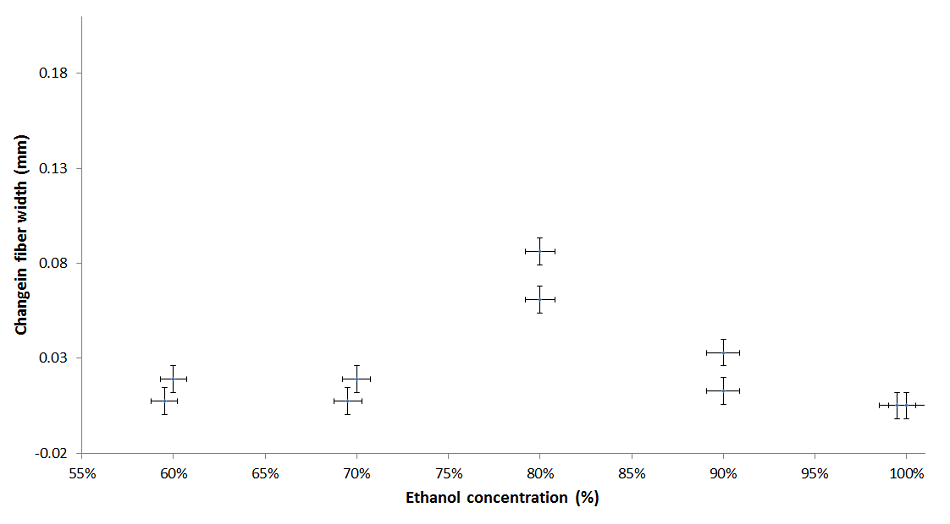
After it was clear that something strange was happening when light guides were placed in ethanol concentrations between 60-80%, we tested 10 more light guides. There were two fibers in each concentration of 60%, 70%, 80%, 90% and 100%. This test shows swelling around the 80% concentration mark. The concentration which causes damage to the fibers is higher when the solutions are not heated.
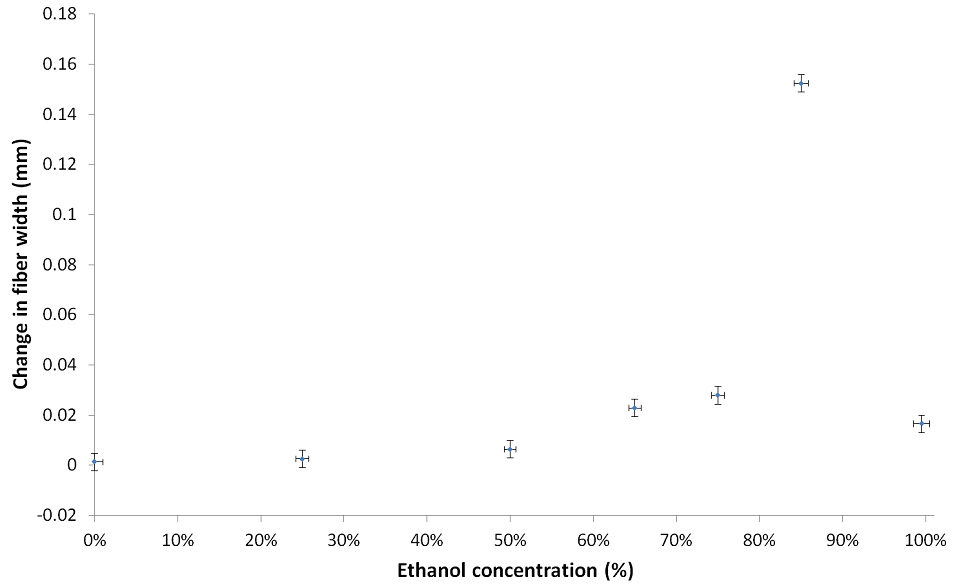
To test whether or not the amount of time sitting in alcohol impacted the damage of the fibers, fibers were tested in identical solutions, but for two different time periods. The plot above describes the fibers which sat for 24 hours, and the plot below is for the fibers which sat for 32 hours.
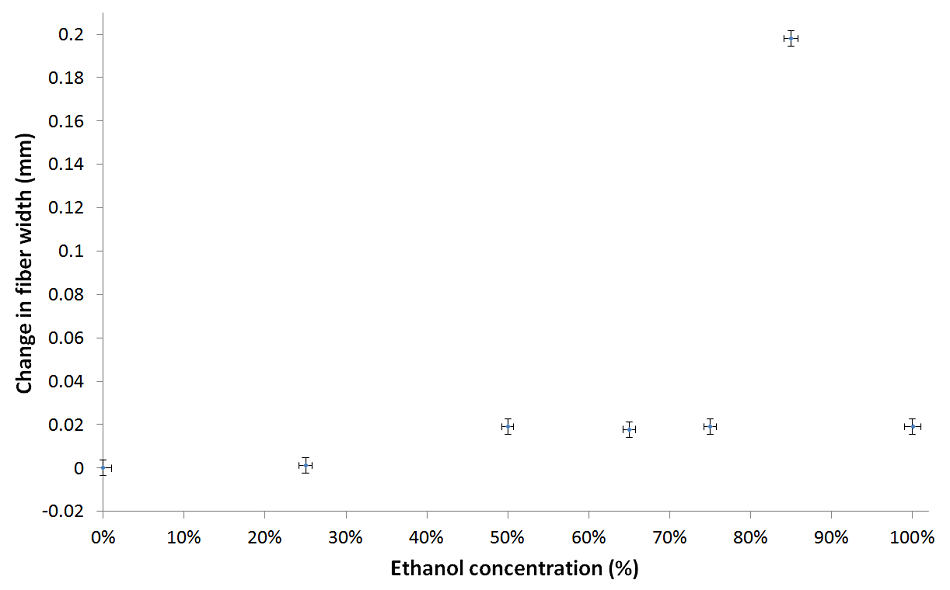
An extra 8 hours sitting in room temperature alcohol didn't have any greater change on the fibers.
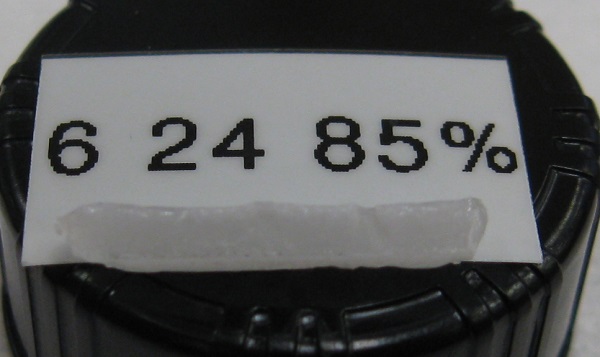
This is the fiber from the 24 hour test. It was in 85% ethanol and it is clear that there is severe damage to the cladding.
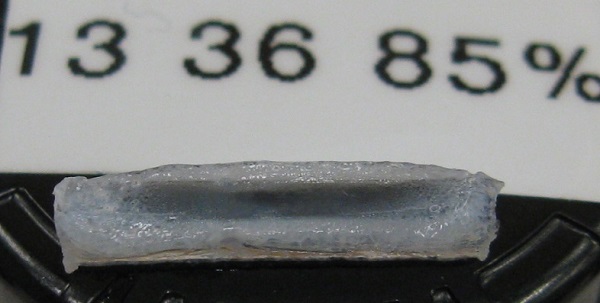
This is the fiber from the 32 hour test. Again, severe damage to the cladding occurred.
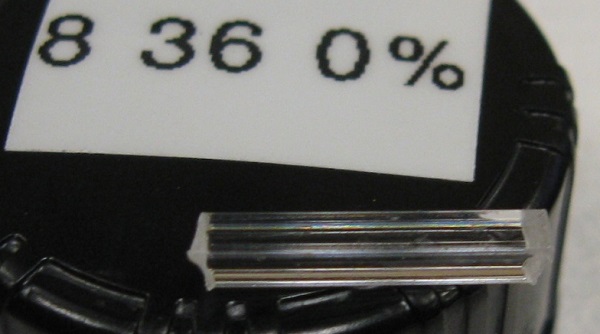
This is the fiber from the 32 hour test which sat in plain tap water. Minimal damage occurred.







